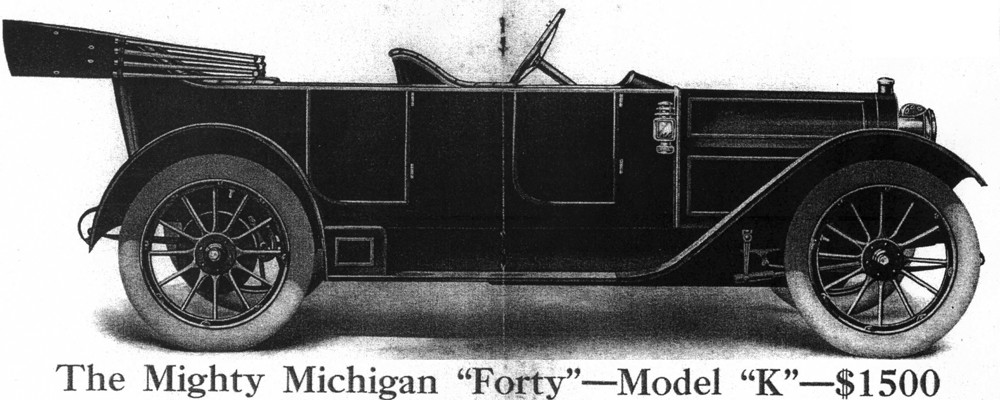As soon as we got home from picking up the re-babbitted rod & crank case from Jim Blair, I thought about what engine stand I would need for “simple” re-assembly. The two BUDA manuals (one from 1915 and another from 19??) both contain phrases like “put engine on floor & turn over”. YIKES! This thing is big & heavy. I’ve done Model T engines and two 6 cylinder Mercedes engines and those weren’t “light weight” like a VW engine (which I’ve also worked on.) Those fit on a standard Harbor Freight 1000 lb. stand. The stand complains a bit and spinning the engine around sometimes takes 2 people, but this BUDA engine is much bigger. And the fly wheel is a beast. So, should I fabricate a stand? There were several choices for stands of the 1910’s that were depicted in the literature. See below.
However the Buda Manuals both mention “turning the engine over” at several points in the re-assembly process. I also worried that if the stand did not provide for an easy way to invert the engine for assembly, I’d be struggling to flip an engine that is pretty close to irreplaceable. A cantilever set-up that only bolts the motor on one side or an end seemed too risky. I opted for a really nice (and pricy) engine stand rated at 2000 lbs. that would flip the engine end for end with a mere crank of a geared handle. It arrived in a big wooden box that required a fork lift to unload.
When assembled, it was a nice blue & grey with a crank.
So, with a beautiful new engine stand, I hoisted up the crank case with the crank seated by Jim Blair up and onto the stand.
With the new stand, I could get our engine to do headstands & back flips. Very cool!






